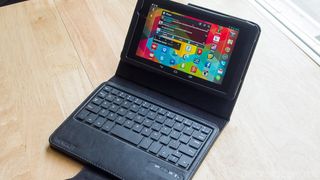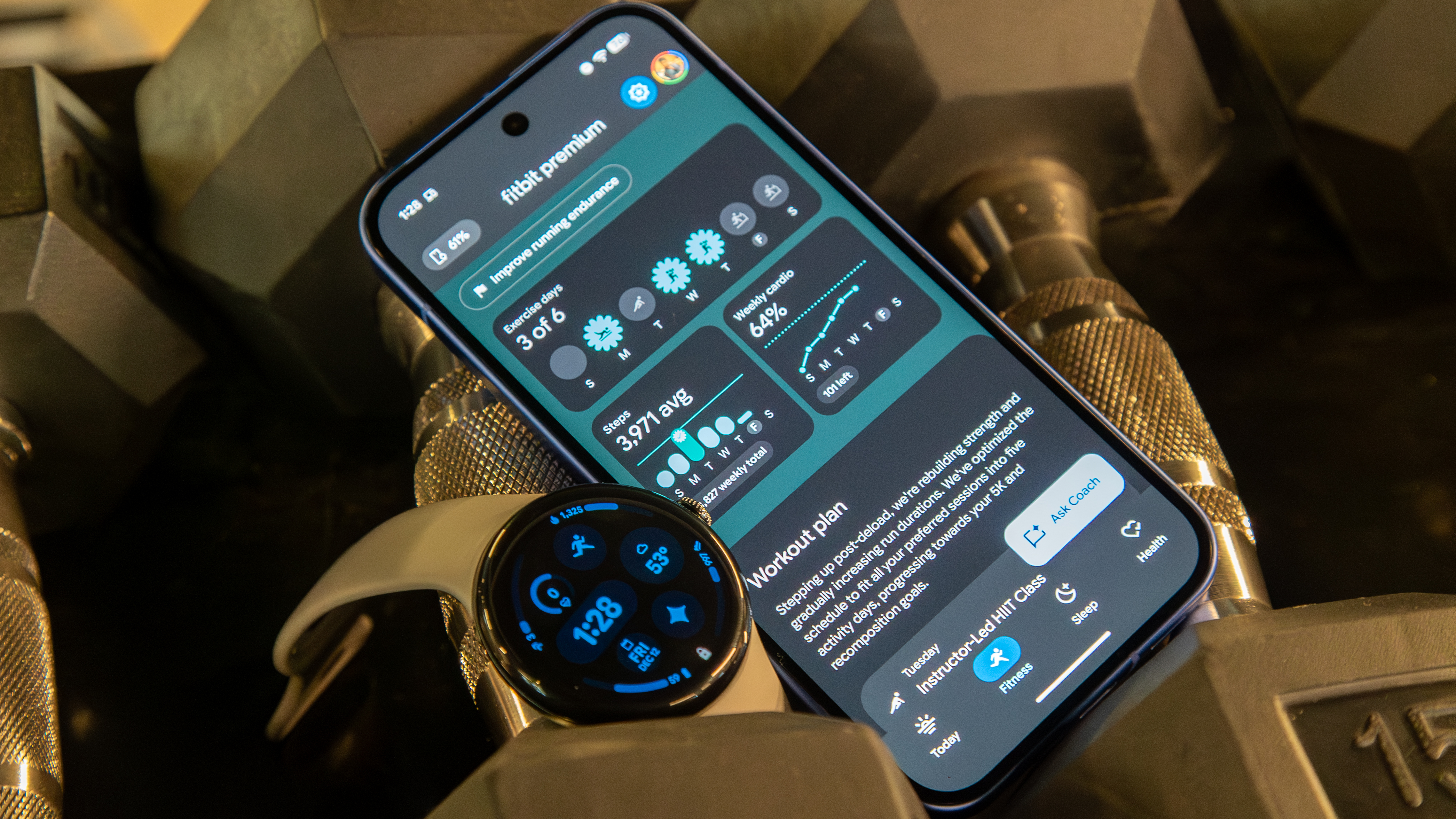Nexus
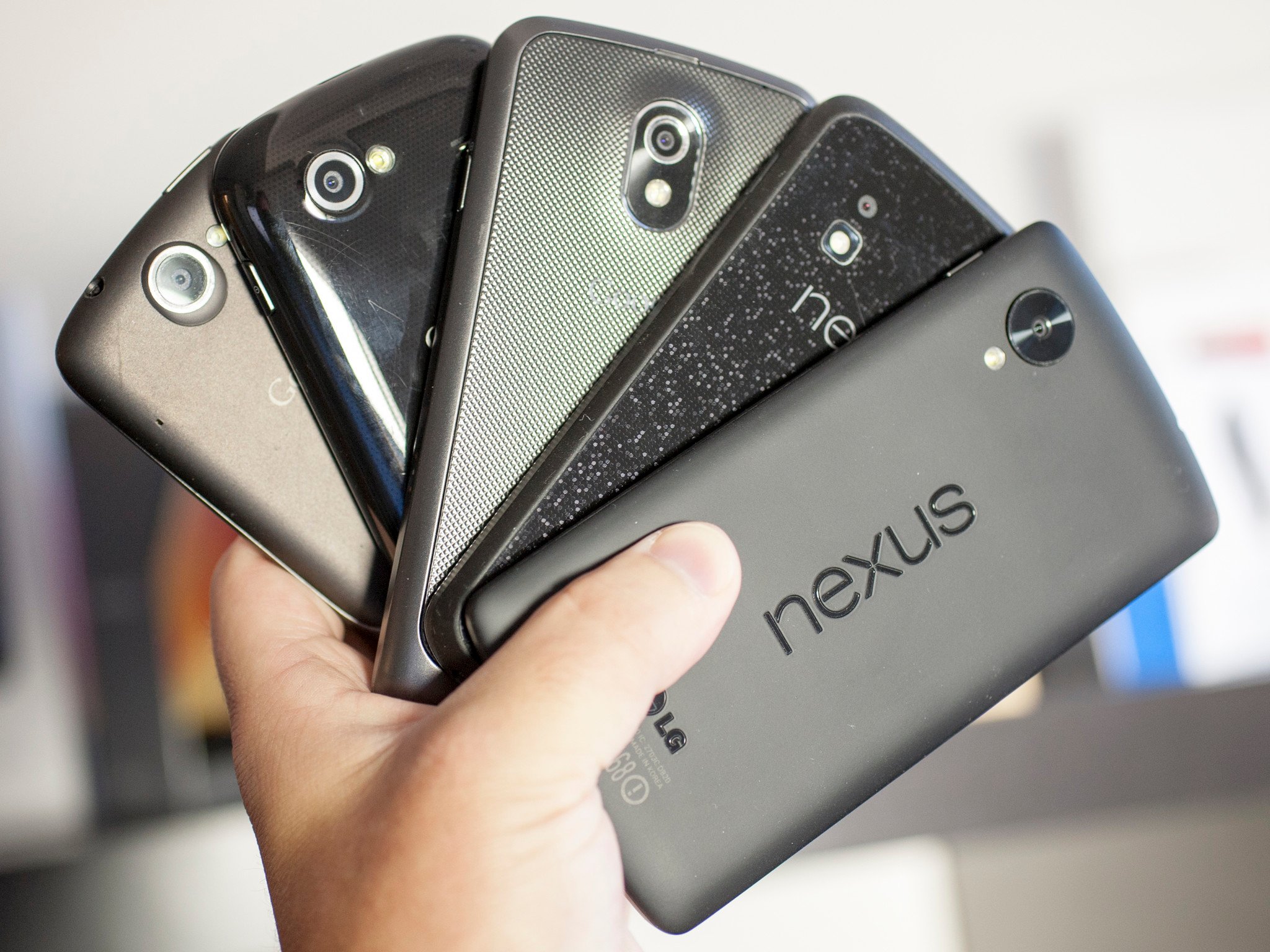
Pure Android, from Google
Google's Nexus devices are sold directly from the Google Play Store, unlocked and running the latest version of the Android OS — Android 5.0 Lollipop. The Nexus line consists of four current devices — the Motorola Nexus 6 and LG-made Nexus 5 smartphones, and but a single tablet — the Nexus 9.
- Nexus 9: The Nexus 9 was announced on Oct. 15, 2014, and represents the first of the new generation of Android hardware. The Nexus 9 is made by HTC and is powered by an NVIDIA Tegra K1 system on a chip. In the LTE-capable model, the off-die modem comes from Qualcomm. The Nexus 9 is the first proper 64-bit device in the Android stable. Price starts at $399 for the 16-gigabyte model.
- Nexus 6: Also announced on Oct. 15, the Nexus 6 essentially is an oversized second-generation Moto X with new camera software. It's still using a Qualcomm Snapdragon 805 processor, so no 64-bit goodness for this guy. The Nexus 6 launched with major carrier support in the United States, until now unheard of for the Nexus line. That also means it's subject to the usual carrier subsidies, and gone is the lower price you'd get for an unlocked model directly from Google.
- Nexus Player: While Chromecast ushered in the era of streaming from Android to TV — or, rather, using your phone or tablet to have the connected Chromecast device stream content on its own — Nexus Player scales things up a bit. The $99 box (a flat circle, really) serves as a Chromecast while also offering a "leanback" experience for any number of streaming services, including YouTube, Google Play, Hulu and the like, plus it's an Android gaming console, with an option $39 controller.
Legacy Nexus devices include:
- Nexus 5: The fifth Nexus smartphone, launched on Oct. 31, 2013 along with Android 4.4 KitKat and made by LG. The N5 was priced at $349 in the U.S. for a device with a 5-inch 1080p display and a Snapdragon 800 CPU with 2GB of RAM. It's also got an 8-megapixel rear camera with Google's novel "HDR+" camera, and a 2300mAh non-removable battery. The Nexus 5 supports 4G LTE in North America and the rest of the world across two models, the D820 and D821. Check out our review for more on the Nexus 5.
- Nexus 7 (2013): The second-generation 7-inch Nexus tablet, manufactured by ASUS. Compared to the 2012 original, the 2013 Nexus 7 sports a higher-resolution display at 1920x1200 pixels, a thinner chassis and faster CPU — a quad-core Snapdragon S4 Pro with 2GB of RAM. The Nexus 7 launched at $220 in the U.S. for the 16GB Wifi model, with more expensive 32GB and LTE-connected models also available. We've got more on the 2013 Nexus 7 in our full review.
- Nexus 10: Released in late 2012 alongside the Nexus 4, the Samsung Nexus 10 remains the current 10-inch tablet offering from Google. It comes with 16 or 32GB of storage and a high-resolution 2560x1600-resolution display and a dual-core Samsung Exynos 5 CPU. As of early 2014 it's been updated from Android 4.2 Jelly Bean, which it shipped with, to the latest version, 4.4 KitKat. For our take on the Nexus 10 when it launched in November 2012, check out our review.
- The Nexus 4, made by LG and released in November 2012 with prices starting at $299 for the 8GB version. It ran Android 4.2 Jelly Bean out of the box, and has since been updated to version 4.4. It's got a 4.7-inch 1280x786-resolution display and a Snapdragon S4 Pro quad-core CPU with 2GB of RAM, and was available globally as a HSPA+ (42Mbps) device until mid-2013.
- The Galaxy Nexus, released in late 2011 with Android 4.0 Ice Cream Sandwich, was the last Nexus phone made by Samsung. For much of its life it was exclusive to Verizon in the U.S. Elsewhere a HSPA+ version was sold with a slightly smaller battery and slimmer chassis. In mid-2012 this unlocked version was sold through the Google Play Store in the U.S. The Gnex, as it's sometimes called, was updated to Android 4.3 Jelly Bean, but not the newer 4.4 KitKat.
- The 2012 Nexus 7, the first Nexus tablet. Manufactured by ASUS, this device made waves due to its low price point — $199 for the 8GB model — and relatively high specs for the time. It included an NVIDIA Tegra 3 quad-core CPU, 1GB of RAM and a 1280x800 display. Later a version with HSPA+ cellular data was made available for an additional markup.
- The Nexus Q, Google's ill-fated streaming orb. The Q was announced at the Google I/O 2012 developer conference, where 5,000 of the spheres were given to attendees. However due to its high price ($300) and limited functionality (it could only stream stuff from Google's ecosystem) the Nexus Q never saw widespread release. Those who pre-ordered were shipped a Q free of charge, and it was eventually replaced by the Chromecast dongle in 2013.
- The Samsung Nexus S, released in late 2010, showcased Android 2.3 Gingerbread. Only the second Nexus handset to launch, its hardware was based upon Samsung's original Galaxy S. It was also the first Android phone with NFC, a new feature in Gingerbread. A Sprint version with Wimax data, the Nexus S 4G, emerged in mid-2011.
- The Nexus One, the original Nexus sold by Google online, made by HTC and released in early 2010. With a 1GHz CPU, a high-res (for the time) display and Android 2.1 Eclair preloaded, the N1 established the combination of vanilla Android, timely updates and high-end hardware for which the Nexus line has become known.
Latest about Nexus

I miss the old days of smartphones
By Andrew Myrick published
Beyond the Alphabet Don't you ever wish we could go back to the days of when phones were fun? Yeah, me neither.
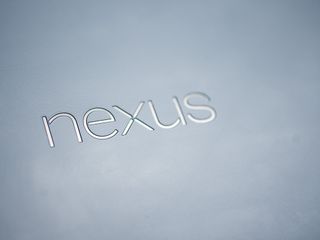
2016 Nexus: First live photos leak as Nougat release approaches
By Alex Dobie last updated
First live photos of smaller 5-inch Nexus reveal metal design with large glass section on the back.

No, your Nexus 4 won't magically grow LTE support (updated Nov. 23)
By Alex Dobie last updated
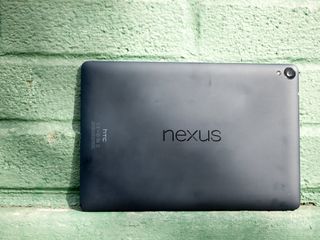
Android 6.0 Marshmallow OTA links for Nexus devices
By Andrew Martonik last updated
As soon as a new Android update is announced, the hunt for OTA file links to the updates for Nexus devices begins — this time, it's Android 6.0 Marshmallow.
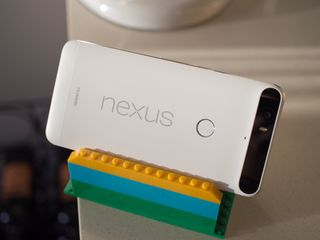
The case for a Nexus 7P
By Alex Dobie last updated
Why a smaller, Huawei-built Nexus tablet would make a lot of sense.

The end of Nexus: This year's Google phones to forge new path
By Andrew Martonik last updated
Google will move beyond the 'Nexus' brand with new round of HTC-built phones and differentiated software, Android Central understands.

Editorial: Carrier IQ -- the 'evil' we agree to and hate that we did it
By Jerry Hildenbrand last updated

Android 7.0 Nougat tipped for August release as internal testing build leaks
By Alex Dobie last updated
It's looking more and more likely that Android 7.0 will hit stable release status in the coming month.
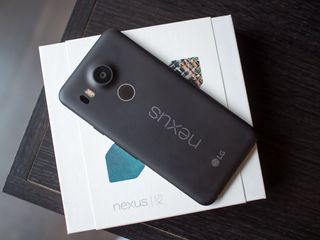
Android One in the U.S. could signal the rebirth of 'Nexus'
By Alex Dobie last updated
Glitzier, mid-to-high-end Android One phones for the U.S. might be 'Nexuses' in all but name.
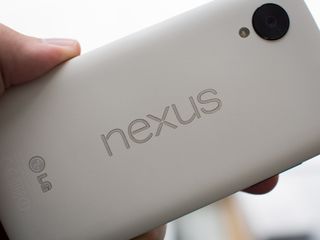
The 2015 Nexus phone launch: Android Central editor roundtable
By Andrew Martonik last updated
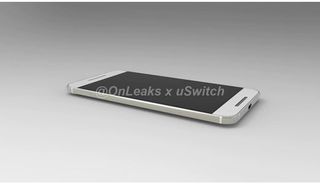
Huawei Nexus 6 gets rendered, shows off rear fingerprint scanner like the LG Nexus 5 2015
By Jared DiPane last updated

The Nexus 4 sold by T-Mobile doesn't have Wifi Calling
By Andrew Martonik last updated
Get the latest news from Android Central, your trusted companion in the world of Android





